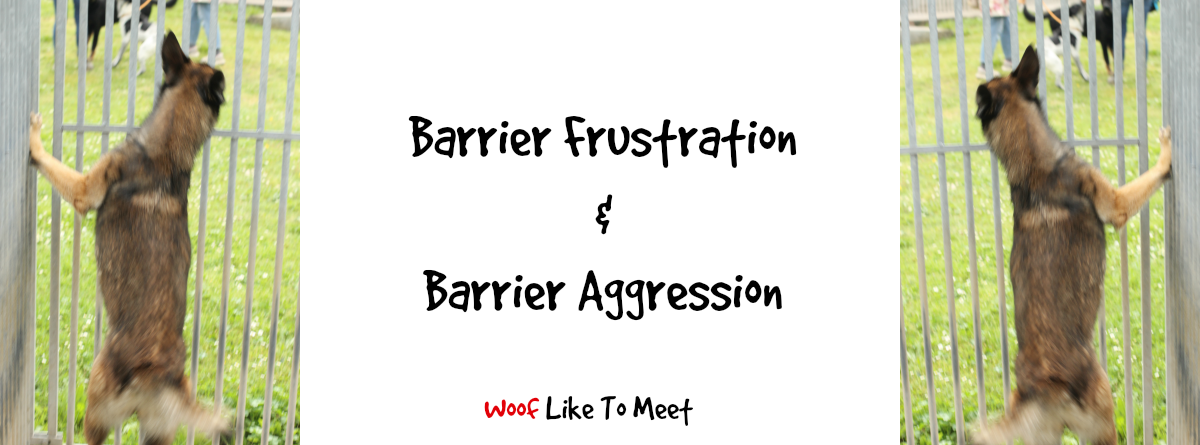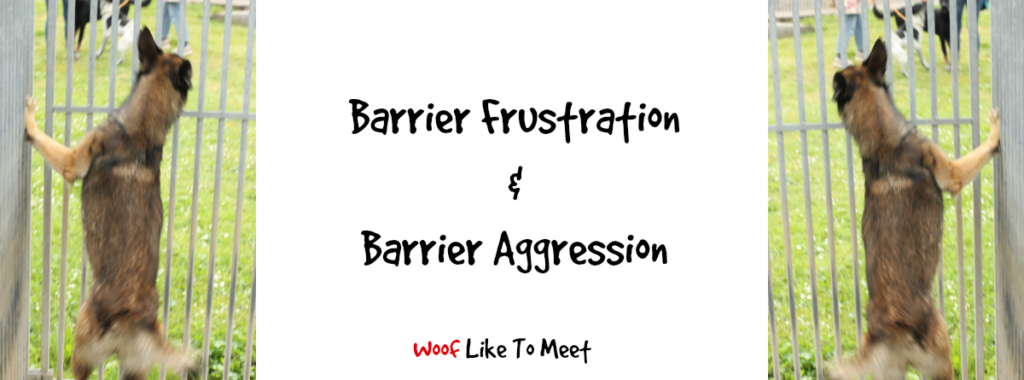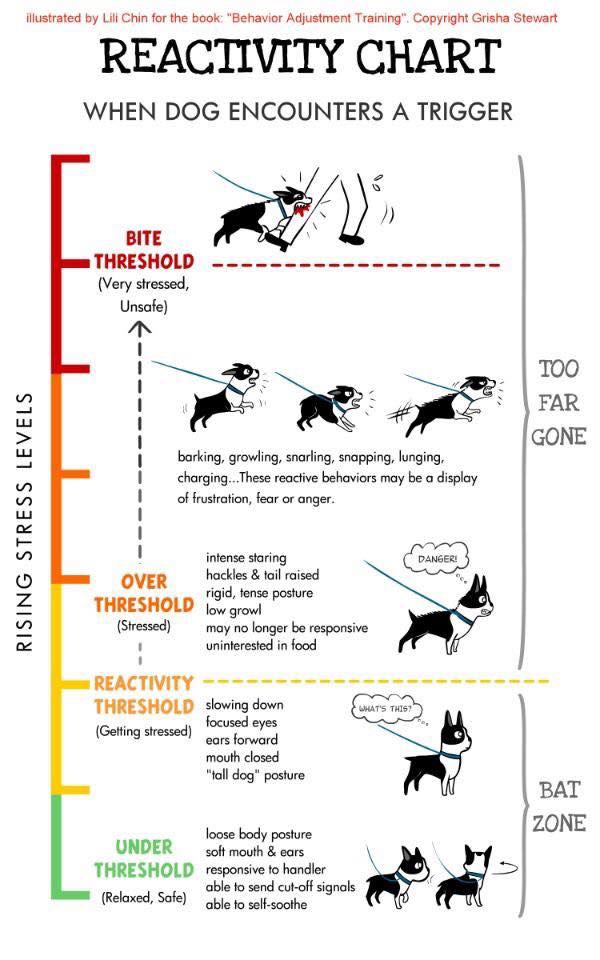You may well have seen this video doing the rounds
I confess not to know all the ins and outs – there’s some body language from dogs on all sides that suggests punishments unseen – whether from the past or via collars/threat of punishment (can you see all the slinking away and lowered posture/lowered ears?) but it was a video that reminded me of something that happened last week, and paid into a conversation I had last night…
So last week… Lidy and Levis. My two favourite maligators at the shelter. They’re housed in a kennel together, and although there’s some tension and conflict, most of the time they get along pretty well. Normally when I go into the kennel, all hell breaks loose in a gator kind of way. There’s a lot of over-excitement, and that’s just me. No, it’s a frenzy of delight and bouncing and leaping and headbutts. Levis, in the mêlée last week, managed to get out of the kennel gate as I was coming in, and a weird thing happened…
As soon as he was on the other side of the barrier, Lidy went nuts. Like he was some random strange dog she didn’t know at all. She behaved as she does with all dogs on the other side of the barrier – with anger and aggression. She does this with people too. We can have been for a walk with Levis and whoever’s walking him, 30 or 40 minutes sometimes, and when we go back, things change. Things are fine as long as the person is on the Lidy-side of the gate, but as soon as they are on the outside, she treats them as if she doesn’t know them at all and as if they’re her mortal enemy.
It doesn’t end there.
If you see her on the ‘inside’ where the kennel gate is, you’re likely to be faced by head-height jumping and ‘grr-grr-grr’… go say hi to her by the outside fencing and she’s all ‘hi there!’
So thinking back to that video, I don’t want to speculate about behaviours as I’ve seen some pretty weird behaviours myself.
But it’s not just fences. It can be being behind glass doors or windows. It could also be being in a car. And it can also be being on lead.
Anything that prevents your dog making contact with a human or animal on the other side has the potential to change their behaviour.
Ultimately, that seems to come down to two things: aggression or frustration. I’m going to call it barrier frustration rather than lead or car or fence frustration, simply because dogs with one habit may well have the others. And it’s not so much about being in the car or on the lead as it is about being unable to get to a target because something is stopping you.
What’s the difference between them, then, and does it matter?
Barrier frustration is borne out of the need – the belief, even – that you absolutely must go and interact with this dog or that dog. It may look exactly the same, but barking tends to be more high-pitched than their usual barking, and you may find they whine or cry as well as pulling forward. It’s pro-social behaviour borne out of the need to interact. It’s usually also from a dog who has had lots of interactions with dogs off-lead and actually thinks they have a divine right to go and greet all dogs.
My thoughts are that this comes out of poor early socialisation (prior to 16 weeks) in that we do our best to socialise all our pups, because the books say we should, and so our 12-week-old puppy thinks it has an absolute right to interact with every dog. Not a right, maybe, but when you have a 100% interaction track record, where you have interacted with 100% of dogs you’ve ever met in your life, you’re going to think that’s what you do.
Not only that, we have had the nasty habit of socialising our puppies with social dogs, playful adult dogs or other puppies, so most interactions result in a Jolly Good Time. We don’t tend to take them round to meet our neighbours’ grumpy old spaniel because who’d do that, right?
However, when they grow up with a very narrow experience of canine behaviour, is it any wonder our puppies grow up thinking they have the absolute right to interact with other dogs because it’s 99% likely to be Jolly Good Fun?
Worse still, we let our puppies meet loads of other puppies.
It’s the equivalent of letting our children grow up in a world that’s filled with other children. Do you think they’d ever learn how to be good adults?!
So our 20-week-old puppies arrive into the park with a 99% track record of thinking other dogs = fun. They haven’t met grumps or shy dogs, and they rampage over to all dogs as if those dogs are also puppies who probably also want to have a Jolly Good Time. They’ve never met dogs who just ignored them. They’ve never met dogs who growled at them and turned on their heel.
I don’t think it’s a surprise that the way we’ve been socialising our puppies with other dogs is leading to frustration when they can’t interact with other dogs. I think it leads to poor play behaviour as they have never learned how adult dogs play, and I think puppies who only meet pro-social dogs or other puppies never, ever learn how to be around older dogs who haven’t got the slightest desire to interact. I think we compound that with that lovely behaviour known as ‘Go say hello!’ whereby we almost force our dogs to interact with every single dog they ever meet.
To identify barrier frustration, I ask one simple key question: what would your dog do if they weren’t on lead/behind a fence/in a car?
If the answer is they’d run up rather boisterously and try and engage play or rudely start investigating the other dog, then it’s most likely frustration rather than aggression.
In fact, I’m pretty sure a lot of people with barrier-frustrated dogs let them off lead more than they should because the charging up and over-the-top greetings are a bit like ripping a sticking plaster off: painful, but over relatively quickly. Whereas standing there with an on-lead dog who’s going nuts is embarrassing. Also, if the dogs who get charged – on-lead or off-lead – don’t like our own dogs’ poor manners, we get to say ‘your dog’s got some right issues!!’ as if their dog is the arse.
We get to say, ‘Did you see that aggressive dog? That guy should have the thing in a muzzle! Fancy walking it out in public!’ when our dog has done the equivalent of what Donald Trump would do in a crowd of women.
But it’s easier to be judgemental of others than stand there with a 40kg crazy dog on a lead.
To identify barrier aggression, I ask the same simple question. The answer would be different, though. The answer would be that the dog would engage in a fight or in confrontation. There’s an element of frustration to barrier aggression, but ultimately, this behaviour is designed to see the other dog off. The barrier – be it a car window, a window, a glass door, a lead or a fence – is simply preventing other forms of aggression.
To be honest, it doesn’t really matter if I get the right ‘diagnosis’ at the beginning – the treatment programme is practically the same until we get to the final stages. It matters also in what we’re teaching the dog.
For a frustrated dog, our objectives are simple: to teach a dog better greeting manners and to help them understand that they don’t have the right or need to interact with all dogs they meet. Our aim is to teach them that, should they learn how to approach nicely and without overreacting, they MAY get the chance to interact, if all parties are amenable.
Frustrated dogs would benefit enormously from a good dog trainer and a copy of Jean Donaldson’s book Fight! Read the chapter on Tarzans and on play skills deficits as well as on compulsive fighting. You can also use Grisha Stewart’s excellent BAT 2.0 which will be your best 20€ of downloads ever. Feisty Fido by Patricia McConnell would form my Holy Trinity of great guides to help you overcome barrier frustration.
What your frustrated dogs need:
- some counter-conditioning around dogs at a distance so they don’t lose their nut
- a taught behaviour that they can do when they see another dog
- to learn that approach may be an option if they’re not behaving like a goon
- an emergency U-turn behaviour
- a taught ‘watch!’ signal so you can get your dog’s attention on you
- to learn that 95% of dogs they’ll see, they won’t get to interact with
Asking them not to get excited is like asking them not to get goosebumps though. It’s a physiological response that can be REALLY hard to master.
Start small and start far enough away that your dog can see the target dog but isn’t reacting and you have their attention. Teach them ‘watch’ and ’emergency U-turn’ in easy situations, like the house and the garden, until you’ve REALLY got it – and bear in mind that may take months to master.
For barrier aggression, the overall aim is a little different. It depends actually whether they’re just generally aggressive or if the barrier is causing the aggression. I suspect that for some of our dogs, the aggression is associated with barriers and they wouldn’t be aggressive in other circumstances. Lidy has a real thing about gates and barriers. Heston too. It’s nerve-wracking (and irresponsible) to put that to the test by removing the barrier, which is why you might do some work on seeing dogs when the barrier is in play. Ultimately, though, your aim may just to be that your dog-hating dog can tolerate the presence of other dogs when the barrier is in play – you may never have the end-goal of occasional interaction at all.
Just as a final note: if you have a frustrated, reactive or aggressive dog whose behaviour is based lead frustration, do yourself a favour and switch to a harness. Perfect Fit or Ruffwear are my go-to harnesses simply because you can also attach another lead to the front to help with emergency U-turns, although I would say that if your dog is at the point where you’re having to coerce a U-turn, then you’re putting them in too challenging a situation. For those occasional day-to-day accidents where a dog suddenly appears over the horizon, though, having a super secure harness is an absolute bonus.
My reason for saying this is that there are two places in which we use choking in real life, other than walking dogs. One is human sex play and the other is human torture. If you’re expecting your over-aroused dog to be LESS aroused when their breath is restricted and where their circulation is interrupted because the flat collar or choke is putting pressure on their arteries and their larynx, then you’re barking up the wrong tree. Choking and strangulation will never, ever lower arousal.
In fact, for one over-aroused dog who was redirecting and biting her handler (a real consequence of both frustration and aggression when restrained) switching from a slip lead to a harness reduced practically all of her aggression. Not saying that’s how it is for all dogs, but the brain is efficacious and when less blood or oxygen is available because a) the dog is stressed and b) these things are interrupted by a tight collar, the available blood and oxygen go to the emotional bits rather than the logical thinking bits. Being realistic, we can’t expect our dogs not to pull towards a target in real life, but when they can make the choice to skip on without feeling constrained as a certain Miss did yesterday when confronted by a hairy Bouvier, you can bet your bottom dollar being choked whilst seeing your mortal arch enemy certainly isn’t going to make you feel any better. A harness just reduces a dog’s list of ‘things pissing me off today…’
What your aggressive dogs need:
- to be counter conditioned to the barrier itself
- to learn that pressure on the lead means to back up, not to pull forward
- to move with you rather than against you
- to trust that YOU’ve got this as the handler
- to learn a fluid emergency U-turn and Let’s Go!
Remember: when you start working with your dog, you need them ‘under threshold’ – that means in a state where they are not reactive, but they have noticed the thing that causes their poor behaviour. Sometimes that means being a long distance away.
Kikopup with a great lead handling video
If you’ve got a dog who is frustrated or aggressive on the lead or behind a barrier, you can go it alone of course, especially if you’re armed with plenty of good resources, but having a good behaviourist work with you will speed the process up no end.
Some other posts that may help




